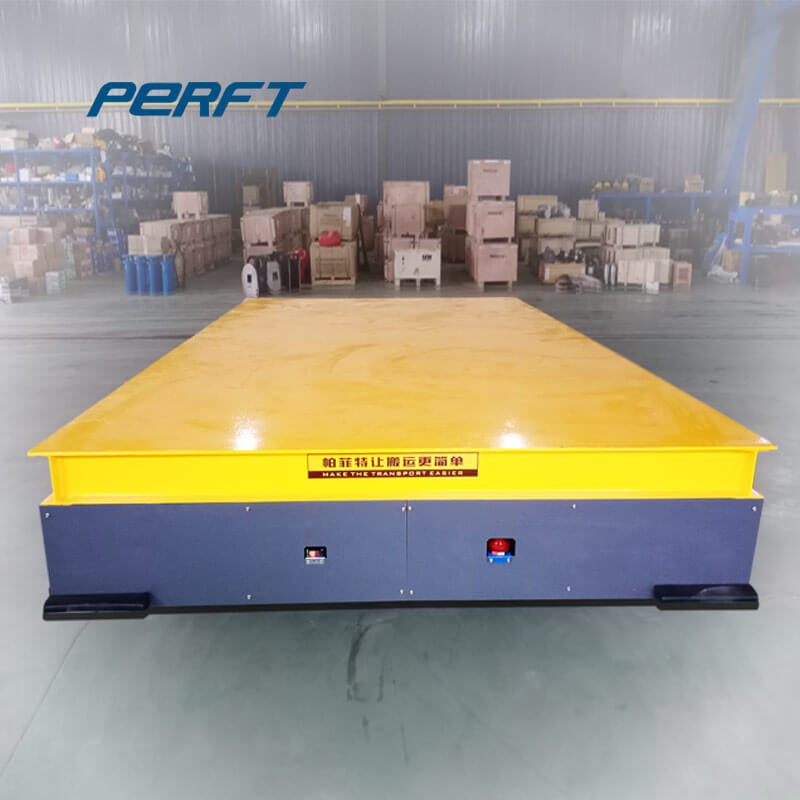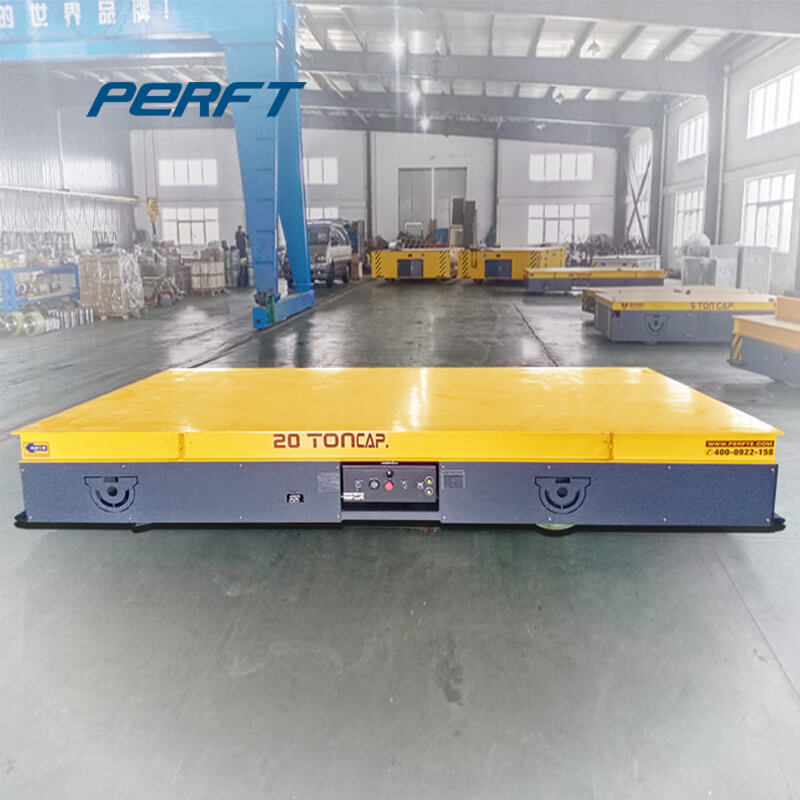


Push/Pull Slip Sheet System. Cascade's Push/Pull forklift attachment allows you to ship, receive, and store product loads on Slip Sheets instead of Perfects. Products usually handled with a Push/Pull include products such as seed/agricultural products, cement, cased food, electronics, cosmetics, and bottled beverages.
Jun 14, 2016 · One of his animals was a double-headed llama named Pushmi-Pullyu. It had difficulty moving because both sides went in a different direction. The same question exists in material handling applications. When transporting items, is it better to push or pull? Experts agree that pushing is clearly the more effective and safer choice.
3 Push / Pull Poles Push / Pull Poles are simply wooden or fibre glass poles with a boat hook at one end and a rubber or leather pad at the other. Ideally, these should be about 2 metres / 6 feet long. Their primary use is to retrieve tag lines hanging vertically down from the load so that personnel do not have to get too close to the suspended
Nov 14, 2010 · (2000). The effect of push and pull lot splitting approaches on lot traceability and material handling costs in stochastic flow shop environments. International Journal of Production Research: Vol. 38, No. 1, pp. 141-160.
What Manual Material Handling Is . According to the U.S. Department of Labor, handling. is defi ned as: Seizing, holding, grasping, turning, or otherwise working with the hand or hands. Fingers are involved only to the extent that they are an extension of the hand, such as to turn a switch or to shift automobile gears. In this publication, handling
Apr 15, 2021 · How much can your employees safely lift, push, or pull and are there any OSHA material handling guidelines that need to be followed? Our experts weigh in on the sometimes confusing guidelines and provide practical advice for locating potential employee injuries and our favorite material handling equipment that makes the job safer for your employees.
Jan 01, 2003 · MATERIAL handling carts (also known as utility, hand, or service carts) are used in most manufacturing environments to physically transport goods or parts to other areas of the operation for
Feb 22, 2021 · Instead, there are guidelines such as the Liberty Mutual Manual Material Handling tables. Developed in the late 1970s, these tables consider factors including men or women doing the pushing, handle height of the cart being pushed, distance being pushed and frequency. The chart guidelines suggest using the criteria of 75% of women can push the
Excessive clamp force can cause damage when handling loads with carton clamps. Loron’s Soft Touch Clamp autoally controls clamp force to reduce damage. The unique passive force control system does not use complicated electronics and the simple hydraulic interface allows interchangeability with standard carton clamps.
When using push/pull, one person will have the task of pushing while the other pulls. In some cases, a worker may need to get help moving a drum by using equipment to lift or transport the container. Where possible, workers should always opt to use drum handling equipment to make moving thesePerfect containers easier, safer and less straining.
Apr 22, 2018 · Push and Pull Strategies in Practise In real life, no businesses rely entirely on either push or pull logistics, but instead employ a mixture of the two to make the best use of them. Modern-day supply chain operations are very complex and consist of some steps from getting the raw materials to the delivery of the final product to the end consumer.
Lift and Carry, Push and Pull Ergonomic Guidelines for the Manual Handling of Loads in Denmark. If you are an employer in Denmark and want to comply with the EU regulations for the manual handling loads (how much you may lift and carry, push and pull at work), you are probably on the lookout for easy-to-follow manual handling guidelines and risk assessment tools to quickly evaluate the lifting
Apr 23, 2021 · Most businesses apply both the push and pull concepts of inventory management. Push-pull systems (or lean inventory management) aim to strike a balance between having enough product on hand to meet demand while also minimizing storage and production costs. Push-pull systems often use the economic order quantity (EOQ) formula to determine how often to reorder inventory. This formula factors in storage costs, manufacturing costs, the number of items ordered at a time, and the frequency with
Slipsheet Handling. Allow you to ship, receive and warehouse unit loads on inexpensive slip sheets rather than Perfects. Products typically handled include bagged products such as seed, agricultural products and cement; cased food, electronics, cosmetics and bottled beverages. These push/pulls are rugged, heavy duty attachments for high cycle
A push/pull forklift attachment allows you to ship, receive, and warehouse unit loads on inexpensive slip sheets rather than Perfects. The device slips under the Perfect-less load and pushes it off, making this attachment useful for car or van loading.